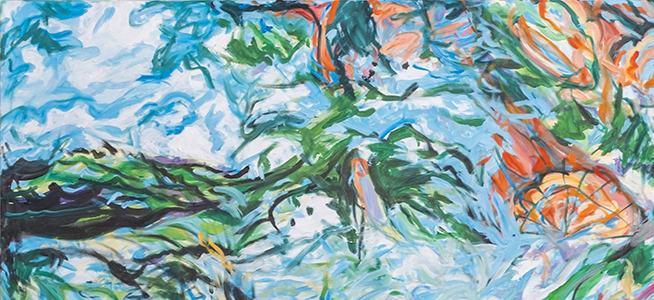
SAN FRANCISCO
20 January - 25 January 2026
20 January - 25 January 2026
Keka Enriquez
Keka Enriquez: In the West Coast Conscious
555 Grant Ave, San Francisco, CA, USA
Enriquez’s exhibition opens a pair of Silverlens off-site projects in California, to be followed by a presentation in Los Angeles. Together, the shows honor California’s long-standing role as a connector, a gateway of exchange between the U.S. and the Asia Pacific, and an active locus of artistic collaboration.
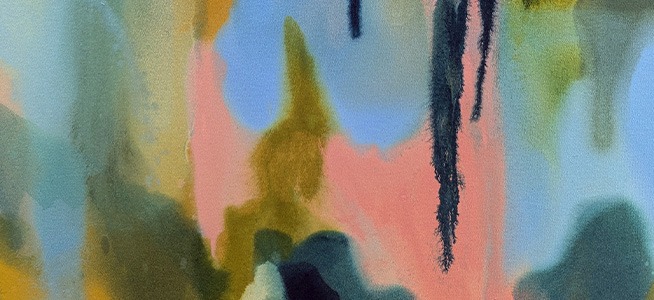
MANILA
15 January - 07 March 2026
15 January - 07 March 2026
Carina Santos
Beyond the Horizon
Silverlens, New York
For her U.S. debut, Carina Santos presents her so-called “pour paintings,” evocative abstract paintings that employ material, gesture and chance to conjure up memories of terrains and skies. Her process begins with mixing color, pouring pigment on a canvas laid flat on the floor, allowing it to sit and lead her to where the painting should go. “It’s not really an accident because it is deliberate," Santos says. “But when the colors interact, it does create something new and surprising. I do lead it, but it ends up where it wants to be.”
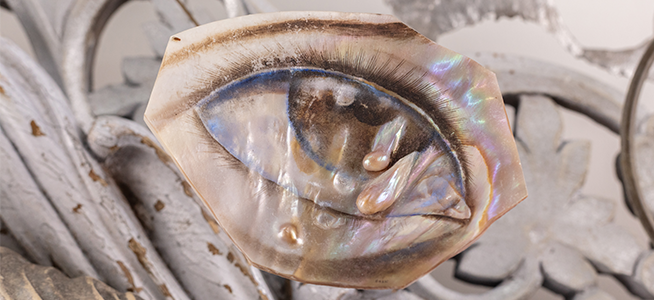
NEW YORK
15 January - 07 March 2026
15 January - 07 March 2026
Gregory Halili
Recollections
Silverlens, New York
An avid collector of historical objects, plant specimens, and other curiosities, Halili’s affinity with the natural world mirrors that of an Enlightenment-era gentleman: energized by discovery, guided by experimentation, and driven by the desire to understand the world. In this light, his reference to José Rizal’s The Triumph of Science over Death and his use of the Statue of Liberty as material find their resonance. Like a time traveler moving across eras, Halili sifts through the remnants of the old world and carries back his discoveries, allowing what matters a way back into the present.
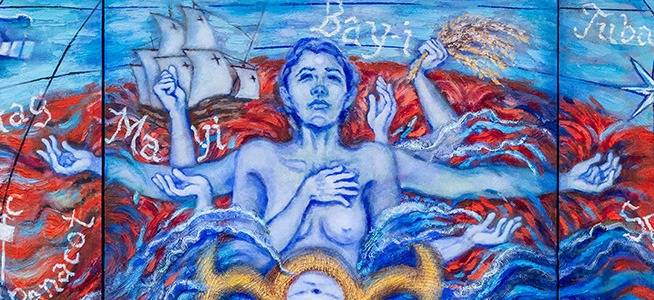
MANILA
10 January - 14 February 2026
10 January - 14 February 2026
Imelda Cajipe Endaya
Kahapon Muli Bukas
Silverlens, Manila
Kahapon Muli Bukas situates Filipina DH alongside Endaya’s more recent mixed media works, which tackle issues ranging from the struggle against religious oppression to the catastrophic effects of climate change in the Philippines. Here, women across the country’s vast history take center stage: a precolonial priestess, a transwoman, a grandmother. Endaya refuses their erasure from grand narratives. Kahapon Muli Bukas brings them into conversation with the migrant domestic workers who make up Filipina DH, insisting that they, too, belong at the center of our national imagination.
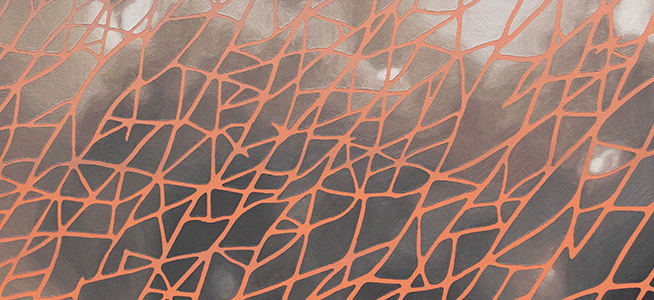
MANILA
10 January - 14 February 2026
10 January - 14 February 2026
Lou Lim
Merging
Silverlens, Manila
Lim’s practice lives within the tension between opposing forces and elements: additive versus subtractive, positive versus negative, embedding versus extracting, painting versus sculpture, near versus far, body over landscape. With each new body of work, she labors to complicate and further nurture this tension, without favoring one side over the other. What emerges is a kind of hybrid, self-reflexive approach, anchored in process.